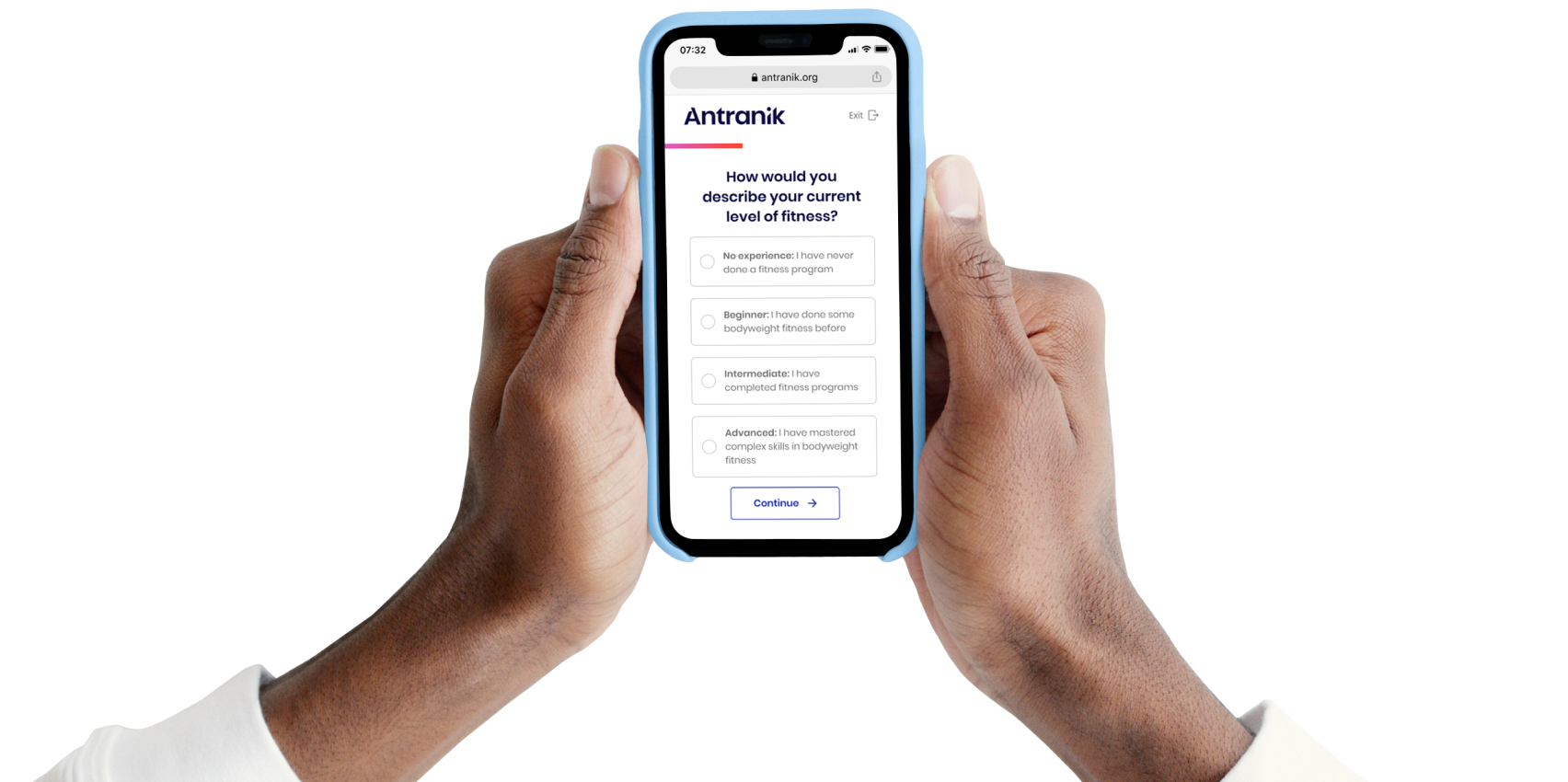Science
Understanding the science of how your body works is foundational to not only optimizing a workout routine, but to living an overall healthy life.
Central Acting Muscle Relaxants
Analeptic Agents
Attention Deficit Disorder (Hyperkinetic Treatment)
Anorectic Agents
Psychomotor Stimulant Pharmacology
Alcoholism Treatment
Manic Therapy
Treatment of Depression (Antidepressants)

Pharmacology Series

Discover Your Path
Use our online tool to get matched with your first step in the journey to joyful fitness.

Strength
Full Body
Mobility
3-4x Per Week
Shoulders + Upper Back


